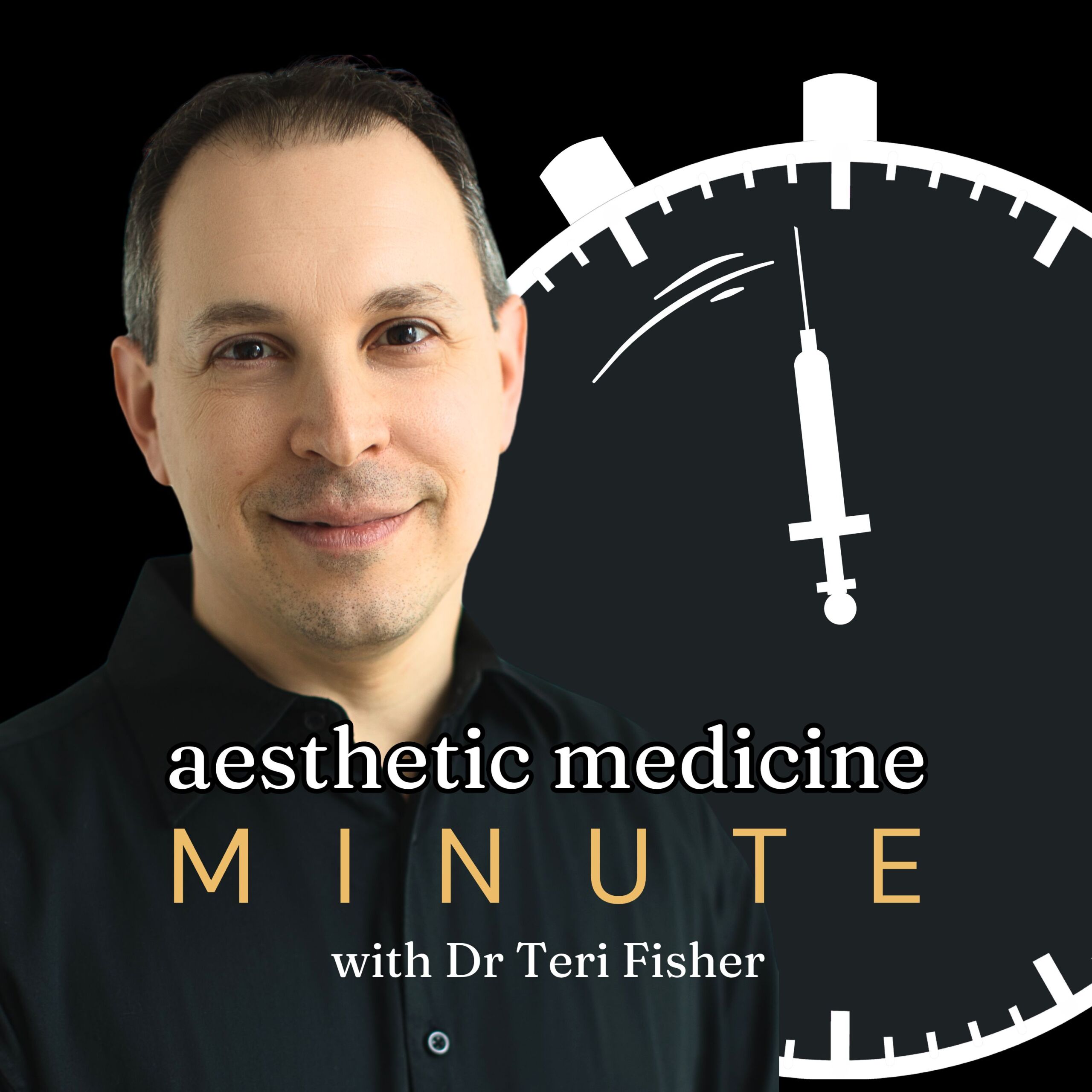
AMM 126: Botox Beats Migraines: Insights for 2024
July 02, 2024
This episode, dated July 3, 2024, delves into recent developments in migraine treatment, comparing Botox (BoNT-A) and CGRP monoclonal antibodies as preventive measures. Listeners will learn about the premonitory phase of migraines, the trigeminovascular system’s role, and the definition of chronic headaches. The episode highlights significant findings from multiple studies, revealing Botox’s effectiveness in reducing migraine frequency and its added benefits for teenagers. It also addresses the practicality and cost-effectiveness of Botox compared to CGRP antibodies, offering insights for those seeking reliable migraine management options.
Quick Takes
- Botox showing advantages over other preventive drugs in managing chronic migraines
- Premonitory phase of migraines involves complex brain interactions in areas like brainstem nuclei and hypothalamus
- Botox is effective in both adults and younger individuals, with compliance made easier due to its 12-week administration
Episode Transcript
Today is July 2, 2024, and I’m diving into some fascinating migraine treatment news. Recent studies are showing significant advantages of Botox, or BoNT-A, over other preventive drugs for managing chronic migraines.
The premonitory phase of migraines, starting three days before the headache hits, involves complex interactions in the brain, including areas like the brainstem nuclei and hypothalamus. Chronic headaches are defined as experiencing cerebral discomfort for 15 or more days a month over three months, with at least eight days of migraine spikes. These headaches activate the trigeminovascular system, leading to symptoms like sensitivity to light, sound, and even touch.
Research, such as a 2018 cohort study with 245 participants, highlighted that Botox helps people feel more in control of their migraines. About 82.8% reported improvements. Another large-scale study in 2010 with 1,384 participants also showed Botox significantly reducing migraine frequency. Compliance is easier with Botox since it’s administered every 12 weeks.
Interestingly, Botox isn’t just for adults; it has proven effective in younger individuals too. A clinical trial involving teens aged 14 to 18 who hadn’t responded to other treatments showed every sixth participant reporting fewer headaches without significant side effects.
On another note, CGRP monoclonal antibodies are making waves in migraine prevention. CGRP is a significant neurotransmitter linked to migraines. These antibodies are effective and need only monthly administration, unlike daily preventive drugs.
In terms of safety and cost-effectiveness, both Botox and CGRP monoclonal antibodies have their pros and cons. However, Botox tends to be more affordable in the long run, making it a practical choice for many.
That’s your Aesthetic Medicine Minute for today. Stay informed, and as always, focus on sculpted confidence.
